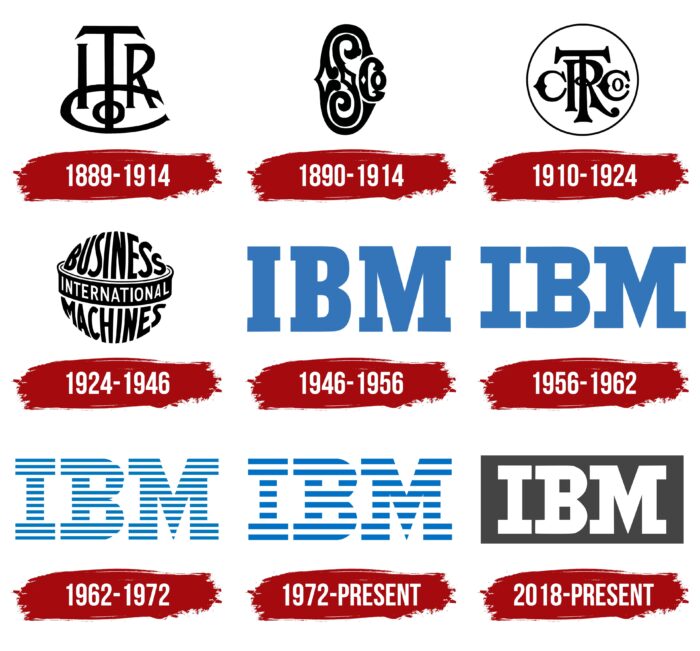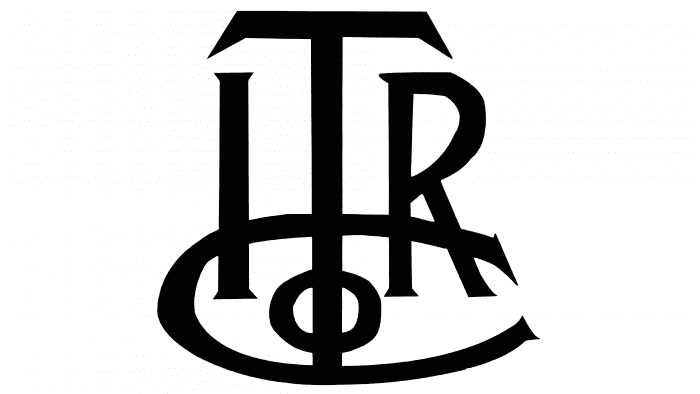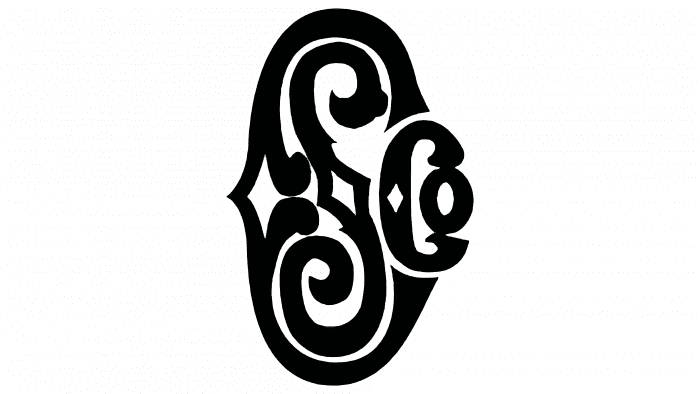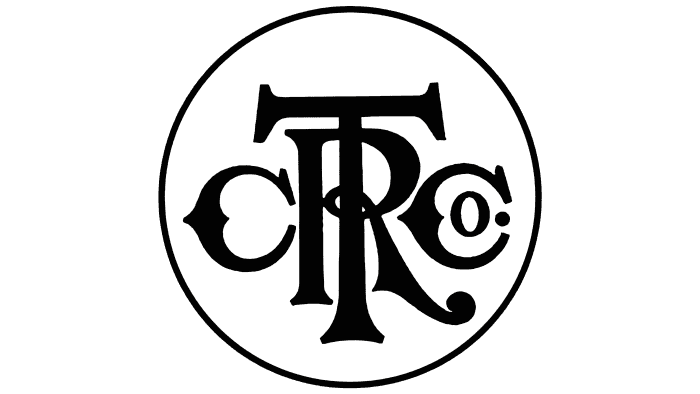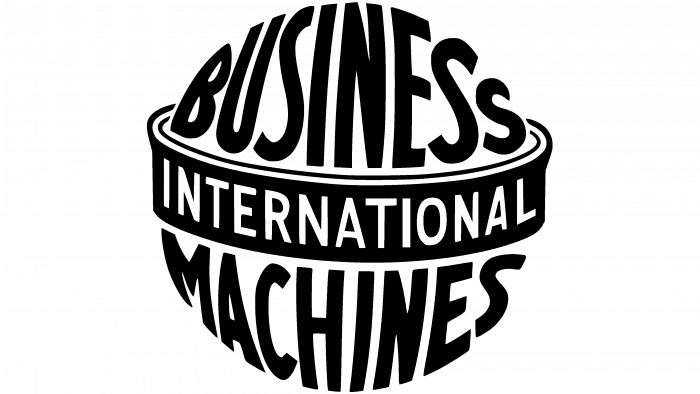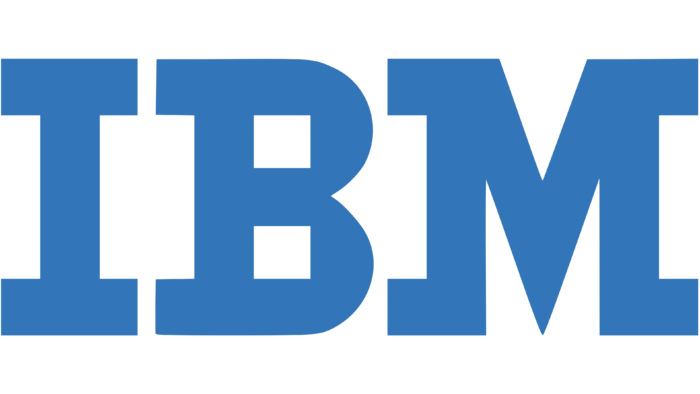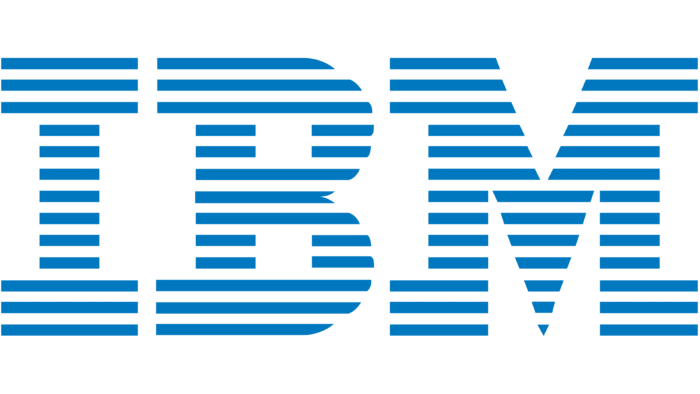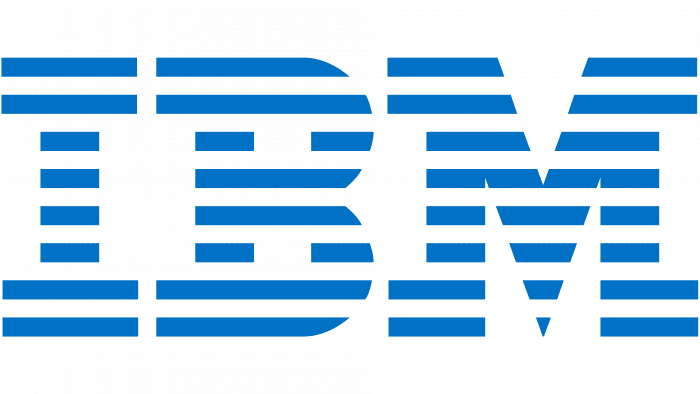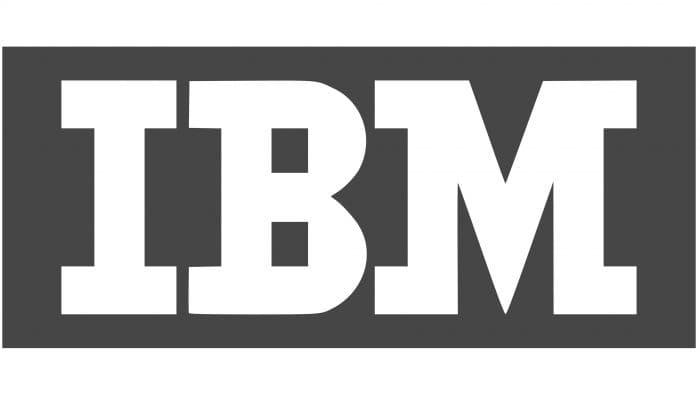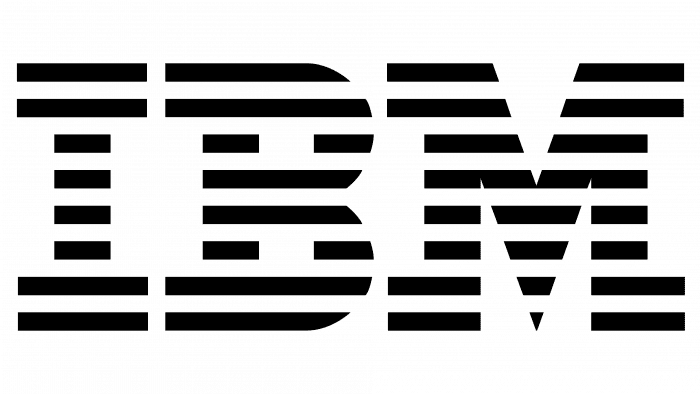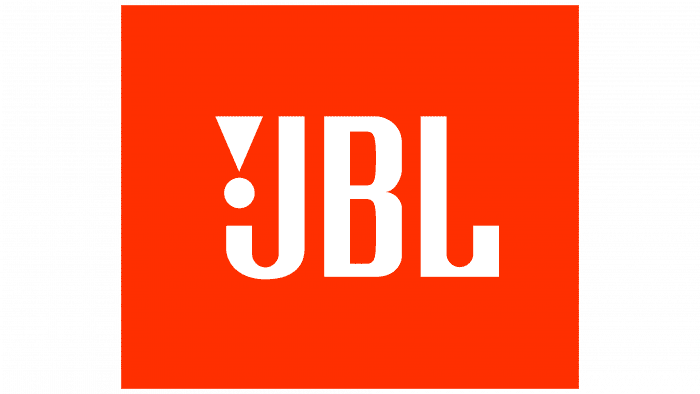The company is a well-known software and hardware developer; its manufacturability and availability of products are reflected in the modern emblem. The IBM logo symbolizes efficiency, speed, and quality, which are the main asset of the brand’s products.
IBM: Brand overview
IBM is the world’s largest software and hardware development and supply company. She also specializes in consulting and IT services. The service was founded in 1889; it took up its current direction in 1911. Its founder is Flint Charles, who established a one-person firm in Endicott Village, New York State.
The company, formally known as International Business Machines Corporation, stands as a cornerstone in the history of information technology. Its origins date back to June 16, 1911, when three companies—the Tabulating Machine Company, International Time Recording Company, and Computing Scale Company—merged to form the Computing-Tabulating-Recording Company (CTR). Charles Ranlett Flint was the mastermind behind this amalgamation and took on the role of the first general manager.
In 1914, Thomas J. Watson Sr. joined CTR as a general manager and soon led the company to significant expansion. By 1924, the company’s global ambitions and growing technological prowess necessitated a rebranding, leading to the birth of International Business Machines Corporation, or IBM.
During the 1920s and 1930s, the company became a leader in the production of tabulators and other mechanical computing devices. During this period, she introduced the first electric typewriters, solidifying the company’s position in the office equipment market. Despite the economic challenges of the Great Depression, the company thrived, largely due to government contracts, especially those related to managing the social security program.
The Second World War saw the company pivot to manufacturing weapons and equipment for the U.S. military. Post-war, it made aggressive investments in electronic computing, launching its first commercial computer, the IBM 701, in 1952.
The launch of the System/360 mainframe series in 1964 marked the dawn of the mainframe era. This innovative series of compatible computers allowed clients to upgrade systems without replacing software, securing the company’s dominance in the industry throughout the 1970s. The nickname “Big Blue” emerged during this time, inspired by the color of the company’s logo.
The personal computer revolution began in 1981 with the release of the IBM PC, setting an industry standard. However, the 1990s brought significant challenges as the company faced difficulties adapting to the rapidly evolving personal computer and server markets.
Louis V. Gerstner Jr. took over as CEO in 1993 and initiated a major restructuring. His strategy refocused the company on IT services and software solutions, steering it away from its traditional hardware-centric approach.
The company’s 2002 acquisition of PricewaterhouseCoopers’ consulting division bolstered its consulting capabilities. In 2005, it furthered its strategic pivot by selling its personal computer division to Lenovo.
The company has recently concentrated on cutting-edge technologies, including artificial intelligence with its Watson platform, cloud computing, blockchain, and quantum computing. The acquisition of Red Hat in 2019 for $34 billion was a significant move, reinforcing the company’s leadership in cloud technology.
The company’s legacy includes securing over 140,000 U.S. patents, the highest number awarded to any company. The company remains a major force in the technology sector, continuously pushing the boundaries of innovation and consistently leading advancements across multiple fields.
Meaning and History
Since its inception, the digital corporation has had several names until it received International Business Machines. This formed the basis of the corporate identity and was played on the logo. There are eight modifications in total.
What is IBM?
IBM is a US company that is one of the world’s largest manufacturers of software and hardware. She is also engaged in consulting services and IT services. The time of its foundation is 1911. Founder – Charles Ranlett Flint.
1889 – 1914
The debut emblem is formed from the monogram, which consists of the capital letters of the company’s then name – International Time Recording Company. Each sign has a unique arrangement: “ITR” is in one row, and “Co” is below, forming an original platform. “T” is zoomed in and looks much larger than the adjacent characters. “C” is extended in breadth and serves as a support for it.
1890 – 1914
Almost parallel to the first logo, a second appeared when the firm was renamed the Computing Scale Company. Management briefly pondered the style and graphics, using the monogramming technique to combine the capital letters from the company name. But CSC is played in a different design—streamlined, in curls. The letter “C” has been made large: it contains “S” (center) and “Co” (side right). The abbreviation is decorated with original ornaments.
1910 – 1924
The company rebranded during the new status acquisition, which is reflected in the name and branding. The result was a structure called the Computing-Tabulating-Recording Company and an emblem based on the CTRCo monogram. They also received a specific arrangement: in the foreground, there is a large “T,” behind it is an “R,” on the left is “C,” and on the right is “Co.” And the leg “T” goes through the curl “R,” and the logo itself looks like a print.
1924 – 1946
In 1924, the era of International Business Machines kicked off. At first, the abbreviation was not used: the developers took the company’s full name as a basis, typing the words into a globe with a wide equator encircling it. “Business” is written at the top, “Machines” is below, and “International” is in the middle, symbolizing the universal coverage of countries with new technologies.
1946 – 1956
They fundamentally changed the company’s strategy during this period, turning it into a promising giant. Naturally, the next rebranding affected the visual identity. Designers suggested leaving the florid ornaments to focus on manufacturability, simplicity, and accessibility. The result of this approach is a completely new logo, consisting of an abbreviated version of International Business Machines. The large blue letters are set apart from each other and are complemented by small serifs.
1956 – 1962
The version of this period has almost everything in common with the previous logo, with a few exceptions. So, the designers enlarged the serifs, making them more expressive, increased the in-letter gaps at “B,” and sharpened the central part of the “M.” The color and style were left the same.
1962 – 1972
1962 played a colossal role in the history of the IBM logo. Then, the designer Paul Rand applied a “linear” approach to it; he lined up the letters on stripes of equal width. At first, there were thirteen of them. Why exactly so many? As the author intended, such a width is ideal to understand that these are improvised wires. And the size of the letters contained exactly that many lines.
1972 – today
In 1972, a slight redesign was undertaken: the main developer replaced thirteen stripes with eight. The stripes are assumed to represent the 8-bit system, but the author claims that the lines convey speed and dynamics in the emblem.
2018 – today
The strict gray-and-white version is used simultaneously with the blue-and-white striped version. The company name abbreviation is enclosed in a lead rectangle. This visual interpretation reflects the stability and responsibility that the corporation provides to its customers.
IBM: Interesting Facts
IBM, short for International Business Machines, is a big tech and consulting company that has existed since 1911. It started as a mix of four companies and got its name, IBM, in 1924.
- The Start: IBM has been around since the 1880s. It began with simple inventions like the time clock and a machine to slice meat and cheese.
- Barcode: IBM engineers created the barcode we see on products. It was first used in 1974 on a pack of gum. Now, it’s everywhere, helping stores track what they sell.
- IBM Personal Computer: In 1981, IBM made its personal computer. It became super popular and set the standard for how PCs should work.
- Watson AI: IBM created Watson, a smart computer system that can understand human language. Watson became famous in 2011 when it won a quiz show against some smart people. Now, Watson helps in medicine and business.
- Space Race: IBM helped NASA with its space missions, including the Apollo moon landing. Their technology was key in getting astronauts to the moon and back.
- Floppy Disk: IBM invented the floppy disk in the 1960s. It was a big deal for storing and moving data around, helping people use computers more easily.
- Nobel Prizes: IBM workers have won five Nobel Prizes for their discoveries in physics and chemistry, showing how much IBM focuses on new ideas.
- WWII: During World War II, an IBM subsidiary worked with Nazi Germany, which is a controversial part of its history.
- Environment: IBM has been a leader in environmental care. They’ve worked on reducing pollution, saving energy, and fighting climate change, earning many awards for their efforts.
- Quantum Computing: IBM is working on quantum computing, a new way of making much faster computers than the ones we have now. They even have a quantum computer that people can use over the Internet.
IBM has been important in tech for over a hundred years, helping in business, society, and space exploration. They’re all about new ideas and making the future exciting.
Font and Colors
Until 1947, the corporate logo featured monograms with curls and graceful patterns. Then, a strict version appeared, which is still used today. The only thing unifying them is the abbreviation. All logos are based on the principle of abbreviated company names. Modern versions are practical, solid, and precise in geometry.
In 1947, they used the Beton typeface. In 1956, Paul Rand replaced it with City. He also tweaked the shape of the capital letters by increasing the serifs. The logo’s color scheme has always been simple: at first, black and white prevailed, now blue and white.
FAQ
What does the IBM logo symbolize?
The logo symbolizes scientific discovery and the brand’s ambition to advance humanity through technology. The simple, iconic 8-bar design stands for clarity, precision, and innovation. This logo has become a part of popular culture as the brand’s image has spread globally.
The 8-bar structure conveys a sense of order and modernity, aligning with the company’s values and mission. This recognizable logo underscores the brand’s influence and presence in the tech industry.
Why is the IBM logo striped?
The logo features stripes to symbolize speed and vibrancy, reflecting the company’s dynamic growth and international expansion. Introduced in 1966, the striped design aimed to give the logo a modern and energetic look.
The first version of the striped logo had thirteen black stripes, creating a unique and distinctive image.
Adding stripes to the logo helped it stand out from its competitors, creating a strong visual identity that resonated with viewers. This design is iconic, representing IBM’s commitment to advancement and excellence.
What is the meaning of the IBM logo?
The logo represents professionalism, power, reliability, and excellence. The company’s name is displayed in capital letters with blue and white stripes, creating a strong and authoritative look. The bold font with large serifs adds to this impression.
The stripes in the logo symbolize speed and dynamism, highlighting the brand’s focus on innovation and progress. The blue color conveys trust and dependability, reinforcing IBM’s reputation for reliability and excellence in the tech industry.
Why are there 8 bars in the IBM logo?
The logo uses eight paired stripes to symbolize multiple equal signs, representing product availability and equality. This design choice suggests hidden dynamics and a “computerized” look, giving the impression that the software created the logo.
The equal signs emphasize the brand’s commitment to providing accessible and reliable products. The stripes convey a sense of motion and progress, aligning with IBM’s focus on innovation and technology.
How was the IBM logo created?
Designer Paul Rand created the logo using traditional hand-drawing techniques. Rand aimed to connect digital technology to the brand’s logo design visually.
In 1972, Rand introduced the eight-bar design to reflect IBM’s identity as a leader in technology and innovation. The stripes symbolize speed, dynamism, and modernity, aligning with the brand’s commitment to technological advancement.
Even though the logo was crafted by hand, it conveys a “computerized” look, suggesting precision and reliability. This design choice helped make the logo instantly recognizable and synonymous with technological excellence.
Who made the IMB logo?
Graphic designer Paul Rand created the logo. In 1956, he designed the first City Medium logo, which served as the prototype for the modern version. He later developed the iconic striped logo in 1972, featuring the distinctive eight-bar stripes. This design has remained unchanged since its introduction.
Rand’s work helped establish a strong visual identity for the brand. His designs are iconic, making the logo instantly recognizable worldwide.

